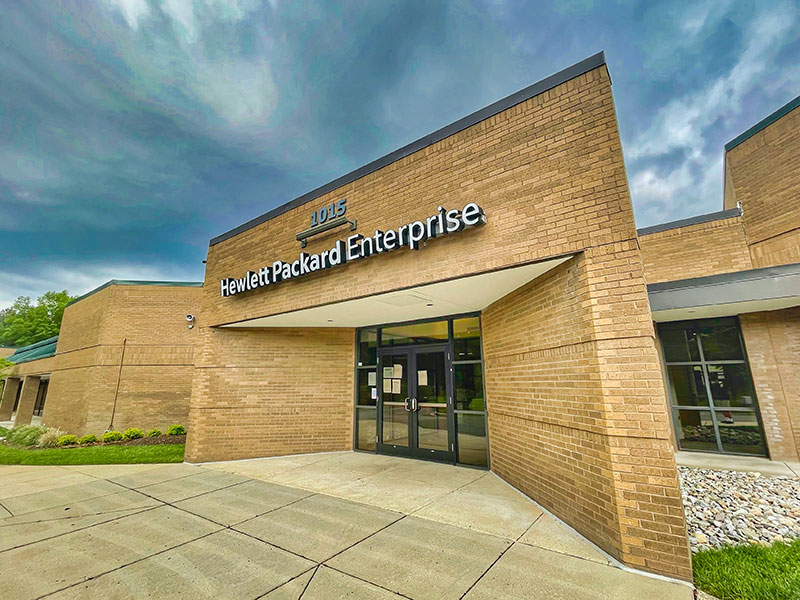Example in Action: Hewlett-Packard Enterprise’s (HPE) Approach to Assessing Risks Through Its Supply Chain Responsibility Program

Since 2001, Hewlett-Packard Enterprise (HPE), a large U.S. multinational information technology company, has sought to retain a stable, high-quality supply chain with trusted partners through its Supply Chain Responsibility program.
As part of this program, HP works with suppliers in a four-phase process to develop Supplier Social and Environmental Responsibility (SER) requirements that apply to any supplier doing business with HPE. The four phases provide a framework for supplier engagement as part of the Supply Chain Responsibility Program. The initial phase (Assessment) encompasses a preliminary risk assessment, onboarding, and integration of SER requirements into the contract between HPE and the supplier. The second phase (Positioning for Engagement) entails a supplier self-assessment questionnaire shared with HPE, as well as a review of the supplier self-assessment questionnaire and ranking of risks, sometimes in conjunction with an audit. The third phase (Monitoring, Remediation, and Improvement) addresses onsite audits and assessments, corrective actions, and follow-up audits (if required), as well as independent NGO assessments, scorecards, and collaboration on remedy. Finally, the fourth phase (Capacity Building) covers needs identification in addition to supplier capacity building to enhance skills, tool set, management systems, and worker voice. This structured approach to engagement with suppliers represents one way that brands may assess and mitigate risks in their supply chain.
DOL welcomes examples of good practices
to address child labor and forced labor.
Email us at GlobalKids@dol.gov.

 Step 2: Assess Risks and Impacts
Step 2: Assess Risks and Impacts


